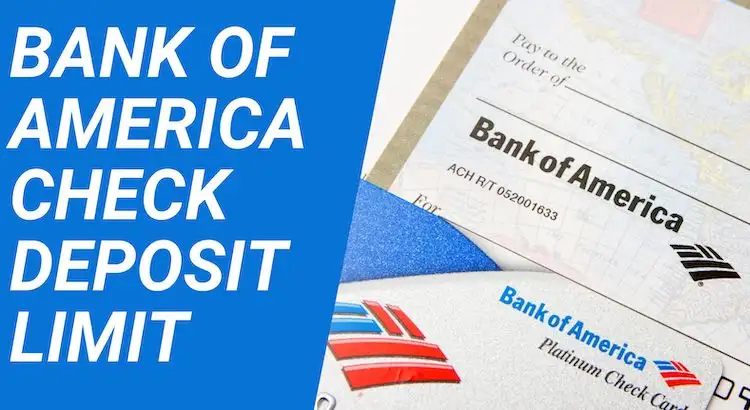Decentralized finance (DeFi) is an emerging financial technology that aims to disrupt the traditional banking and financial services industry. Built on blockchain networks like Ethereum, DeFi offers financial products and services without relying on centralized intermediaries like banks or brokers. Instead, DeFi utilizes smart contracts to enable peer-to-peer transactions and other financial activities.
DeFi has seen tremendous growth in recent years, going from almost nothing in 2019 to over $100 billion locked in DeFi protocols as of August 2022. However, DeFi is still in its early stages and faces many challenges to widespread adoption. At the same time, traditional banks view DeFi as a potential opportunity to improve their own offerings.
This article compares decentralized finance and traditional banking in terms of opportunities and challenges. It also examines the new financial landscape as DeFi aims to transform finance.
Key Differences Between DeFi and Traditional Banking
DeFi and traditional banking have some fundamental differences:
Decentralization
The core feature of DeFi is decentralization – no single entity or small group controls the system. DeFi protocols run on public blockchains like Ethereum which allow anyone to participate. Traditional banking revolves around centralized institutions like commercial banks.
Accessibility
Anyone with an internet connection can access DeFi services. There are no restrictions and accounts can be created pseudonymously. Banks have strict KYC (know your customer) requirements and only service certain geographies. This makes banking inaccessible to many people globally.
Transparency
DeFi platforms are transparent – all transactions are recorded on public blockchains. Traditional banking operations are largely opaque to everyday customers. Internal processes at banks are not visible externally.
Interoperability
DeFi protocols are interoperable, meaning they can connect and integrate with each other seamlessly. Banks maintain closed systems and heavily restrict how funds can move between institutions.
Interest Rates
DeFi lending platforms offer algorithmically determined interest rates based on supply and demand. Central banks and commercial banks control interest rates in traditional banking.
Key Opportunities with DeFi
DeFi introduces several notable opportunities compared to the status quo:
Enhanced Accessibility
DeFi has the potential to offer financial services to anyone with an internet connection. This includes the underbanked or unbanked globally who are excluded from the traditional system. An open financial system could dramatically improve economic and social mobility.
Transparency and Auditability
All transactions on public blockchains are transparent and auditable which builds trust. Real-time visibility reduces risk compared to delayed insights at traditional institutions. Regulators can also directly analyze on-chain data.
Improved Efficiency
Automated smart contracts reduce overhead and manual processes compared to traditional systems. Lower operational costs can provide efficiency gains that benefit end-users.
Better Interoperability
Open standards and decentralized networks allow DeFi platforms to interoperate natively. This is a significant improvement over the fragmented nature of traditional banking infrastructure.
Higher Interest Rates
DeFi lending platforms offer higher interest rates for depositors while reducing costs for borrowers in many cases. This is enabled by cutting out intermediary rent-seeking and overhead.
Innovation and New Products
DeFi empowers developers to rapidly create novel financial products and services by simply combining open protocols. This degree of permissionless innovation is not possible within regulated banking.
Censorship Resistance
Decentralized networks have no single point of failure or control. This makes censoring transactions or freezing funds nearly impossible. Traditional banks can censor certain activities or block accounts.
Key Challenges Facing DeFi Adoption
While DeFi offers notable benefits, there are also significant challenges to overcome:
Nascent Technology
As a new technology, DeFi protocols are more prone to bugs, hacks, and unintended behavior. Billions have been lost due to code exploits. Rigorous auditing and formal verification needed.
Price Volatility
DeFi applications rely heavily on volatile cryptocurrencies like Ether. This impacts lending and exchange rates. Stablecoins help but more stability needed for mainstream adoption.
Lack of Oversight
DeFi space is currently unregulated with no investor protections or recourse. More oversight needed as protocols hold billions in value.
Transaction Scaling
Throughput is a challenge – Ethereum does 15 transactions per second. Not enough for mass adoption. Layer 2 scaling solutions will help but still developing.
User Experience
Current DeFi apps offer poor UX and are difficult for average users. Better designed and easier to use applications needed for adoption.
Liquidity Risks
DeFi lending markets rely on overcollateralized loans. Sudden asset price drops can lead to liquidations and instability due to limited liquidity.
Reputation and Trust
Building reputation and consumer trust takes time. Traditional institutions have decades of reputation. Most DeFi teams are anonymous. Regulatory clarity needed.
How Traditional Banking can Leverage DeFi
While DeFi poses a challenge, traditional banks can also leverage it to improve their own systems:
Offer Crypto Services
Banks can custody crypto assets and provide DeFi access to clients. This allows them to meet client demand while maintaining oversight.
Improve Settlement Times
Settlement times for cross-border payments via SWIFT averages 3-5 days. DeFi / blockchain settlements are near instant.
Asset Tokenization
Tokenization allows illiquid assets like real estate to become liquid and tradeable 24/7. This expands the possible offerings for clients.
Self-Custody Options
DeFi shows the appeal of self-custody and control over assets. Banks could offer revocable self-custody features to clients.
API-Based Access
Open APIs used in DeFi for interoperability can also be implemented by banks to facilitate better data portability and innovation.
Operational Automation
Smart contracts used in DeFi for programmatic escrow, lending and swaps can be adapted to streamline banking operations and reduce manual processes.
The New Financial Landscape
DeFi is bringing change to the financial landscape:
| Traditional Finance | Emerging DeFi |
|---|---|
| Centralized | Decentralized |
| Opaque systems | Transparent processes |
| Limited access | Open participation |
| Controlled products | Permissionless innovation |
| Walled gardens | Interoperable protocols |
| Limited control | Self-custody |
While the banking system is well-established, DeFi shows another model is possible with the right technology. However, DeFi has risks and growing pains that accompany emerging innovations. Finding the right blend of decentralization while still maintaining security, stability and regulatory oversight will be critical for the future.
Overall, DeFi expands the design space for financial services worldwide. Incumbents like banks can either view it as an existential threat, or an opportunity to evolve. Taking the best of both worlds is likely the optimal path forward. The next decade will be transformative for both decentralized and traditional finance as blockchain technology reshapes markets across virtually every sector.
Conclusion
DeFi brings both massive opportunities and challenges to the table. It expands access and efficiency in finance through decentralization. But work is still needed around volatility, scalability, UX and regulation for mainstream viability. Banks also have a chance to selectively integrate aspects of DeFi to improve their own offerings. The ideal future likely involves a bridge between decentralized and centralized worlds when it comes to financial services.
The upcoming years will be telling as decentralized finance evolves from its early “Wild West” days. Expect to see more major traditional financial players experimenting in this space as regulations become clearer. While the risks are undoubtedly real, the potential benefits for everyday users worldwide gives DeFi staying power. Financial services may be forever changed as this novel model continues gaining momentum into the future.

